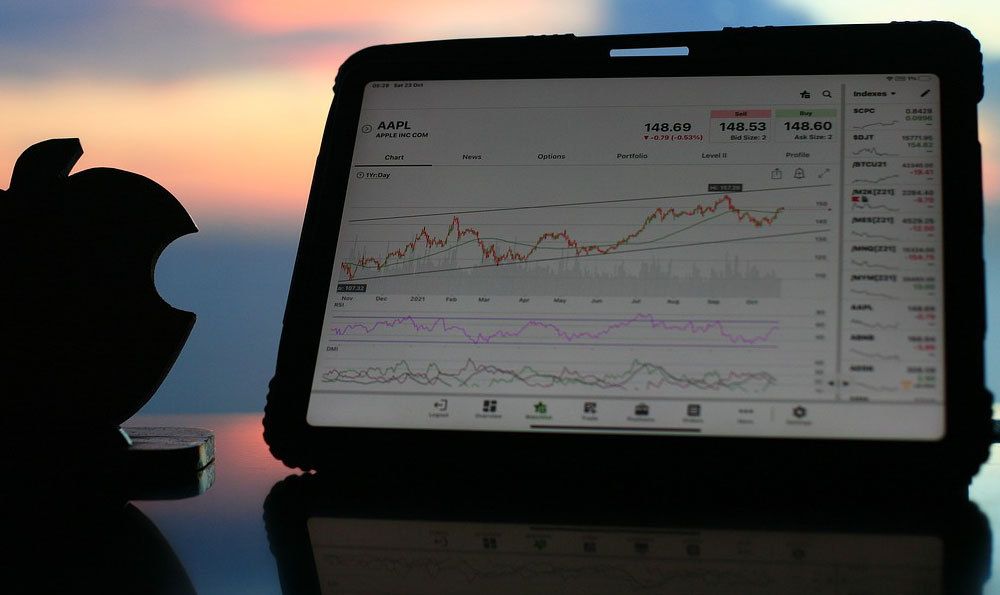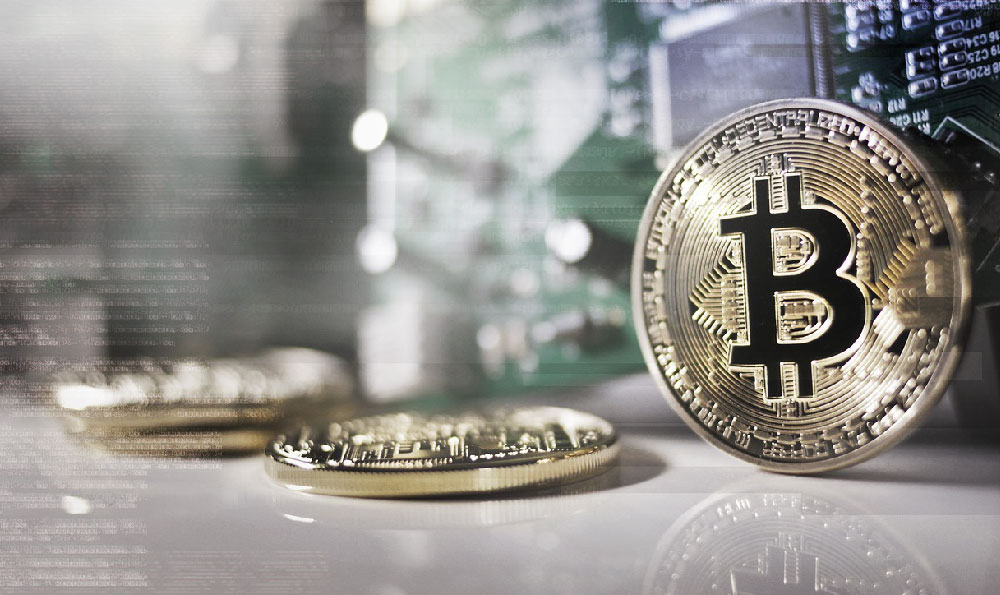how to create a money order step by step guide
Creating a money order is a practical and secure way to send funds to someone, whether you're paying bills, making donations, or transferring money for personal or business purposes. This method offers a reliable alternative to traditional bank transfers or cash payments, especially when dealing with situations that require a tangible record of the transaction. Unlike checks, which can bounce due to insufficient funds, money orders are guaranteed by the issuing institution, making them ideal for scenarios where you need assurance the recipient will receive the money. While the process may vary slightly depending on the country or institution, the core principles remain consistent. Understanding the necessary steps and considerations can help you navigate this method with confidence and efficiency.
The first step in creating a money order involves accessing a financial institution that provides this service. In the United States, for example, post offices, banks, and retail stores like Walmart or grocery chains offer money order services. Internationally, the process may differ, but many countries have similar systems, often managed by central banks or authorized financial institutions. It's important to select an institution that is reputable and authorized to issue money orders, as this affects the speed and reliability of the transaction. Some institutions may require you to have a bank account or present a valid ID, while others offer the option to purchase a money order with cash. Understanding these requirements in advance ensures a smoother process.
Next, the physical or digital components of the money order must be prepared. A money order typically includes a form where you provide the recipient's name, address, and the amount to be sent. This information is crucial for the recipient to claim the funds. In digital formats, online money order services may use encrypted platforms to ensure security. Regardless of the method, ensuring the accuracy of the recipient's details at this stage prevents delays or potential fraud. Some services allow you to customize the message or add additional notes for the recipient, which can be helpful for clarification or context. It's also important to verify the maximum amount limits imposed by the institution, as these can vary significantly.

Once the information is filled out, the next step is to validate the transaction. This usually involves presenting a valid ID, such as a driver's license or passport, and confirming the payment method. For cash-based transactions, the amount is typically paid in full at the time of issuance. For those using a bank account, the institution may require a transfer confirmation or authorization. Each step requires attention to detail to avoid errors, as even minor mistakes can result in the money order being rejected or delayed. Some institutions may also require you to wait for a short period before the funds are fully processed, which is important to note for time-sensitive transactions.
The final stage of creating a money order is to obtain the necessary confirmation or receipt. This document serves as proof that the money order was issued and contains all the relevant details for the recipient. In some cases, the institution may provide a tracking number or reference code to monitor the transaction's status. It's important to keep this receipt safe, as it may be required for verification or disputes. Additionally, some money orders come with a delivery option, allowing you to send the funds directly to the recipient's address, which can be useful when the recipient is not physically present to collect it.
Beyond the basic process, there are several considerations that can enhance the effectiveness of a money order. One of the most important factors is the choice of delivery method. While some money orders require in-person delivery, others can be mailed or sent via email, depending on the institution's policies. However, each method has its own set of advantages and potential risks. For example, mailing a money order may take longer to arrive, while digital transfers may be faster but require trust in the recipient's ability to access the delivery link. It's also essential to consider the fees associated with different services, as some institutions charge higher fees for certain types of money orders or delivery options.
The cost of a money order can vary depending on the institution and the method of payment. In many cases, there is a flat fee for the service, which is typically a small percentage of the amount being sent. However, it's important to compare these fees across different providers to find the most cost-effective option. Goods and services purchased via money order are generally considered secure, but the cost may be higher than traditional cash or check payments. For example, some international money transfer services may have higher fees or exchange rates, which can impact the overall cost of the transaction. Understanding these financial implications ensures you make an informed decision when choosing the right method for your needs.
The security of a money order is often praised for its reliability. Unlike checks, which can be altered or forged, money orders are secured with the name and address of the recipient, making them less susceptible to fraud. This is particularly important for large transactions or when sending funds to someone you don’t personally know. However, it's also important to recognize the potential pitfalls, particularly when dealing with fraudulent schemes or unsecured services. Ensuring that you use a reputable institution and verify the details of the transaction can help you avoid these issues.
In summary, creating a money order involves a series of steps that require attention to detail, from selecting the right institution to ensuring the accuracy of the recipient's information. While the process may take time, especially when dealing with international transfers, the guarantee and security of the transaction make it a compelling option. Understanding the costs, delivery options, and security measures associated with money orders ensures you can navigate this method with confidence. Whether you're an individual or a business, this approach offers a reliable and secure way to send funds when needed.















